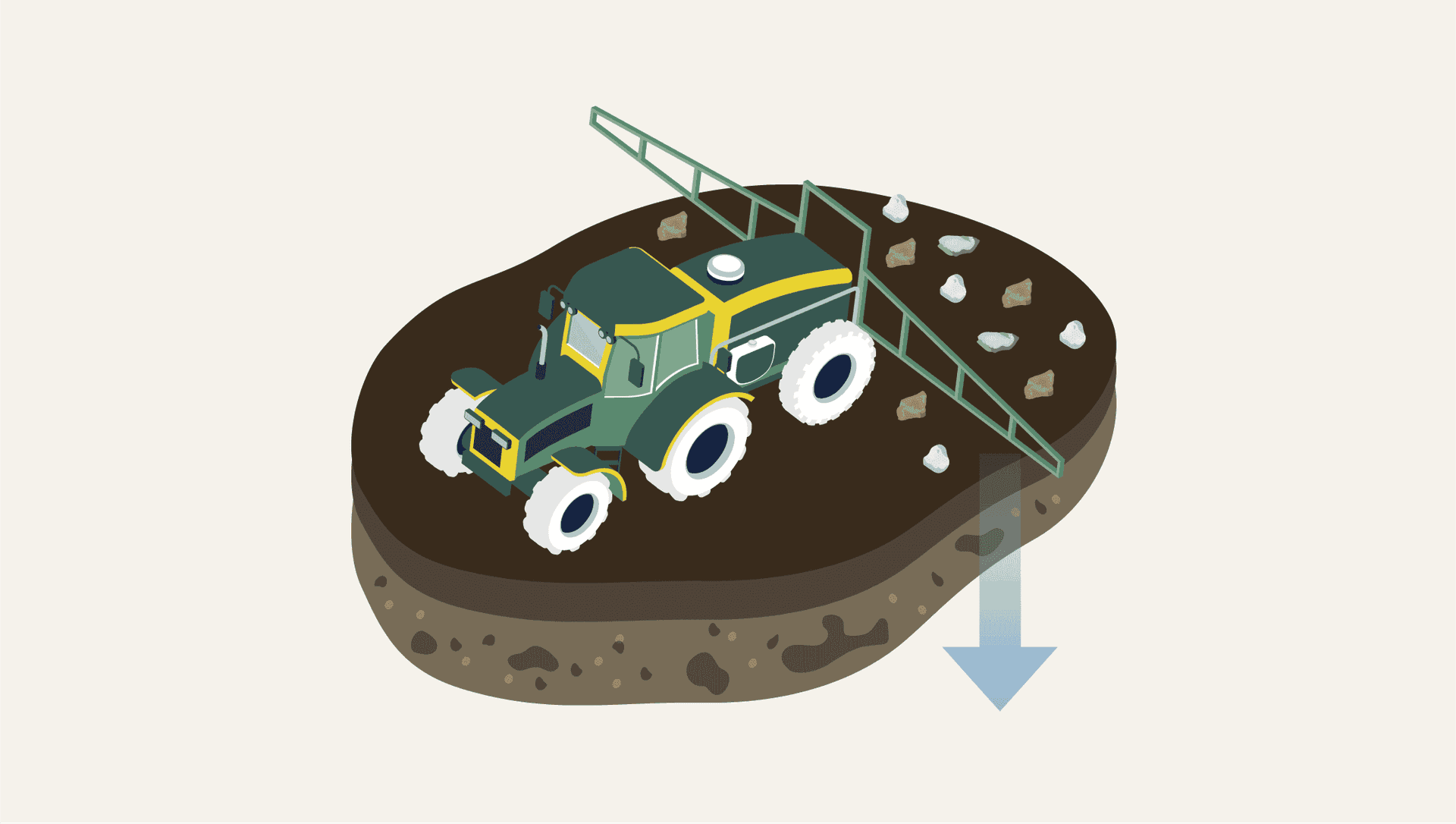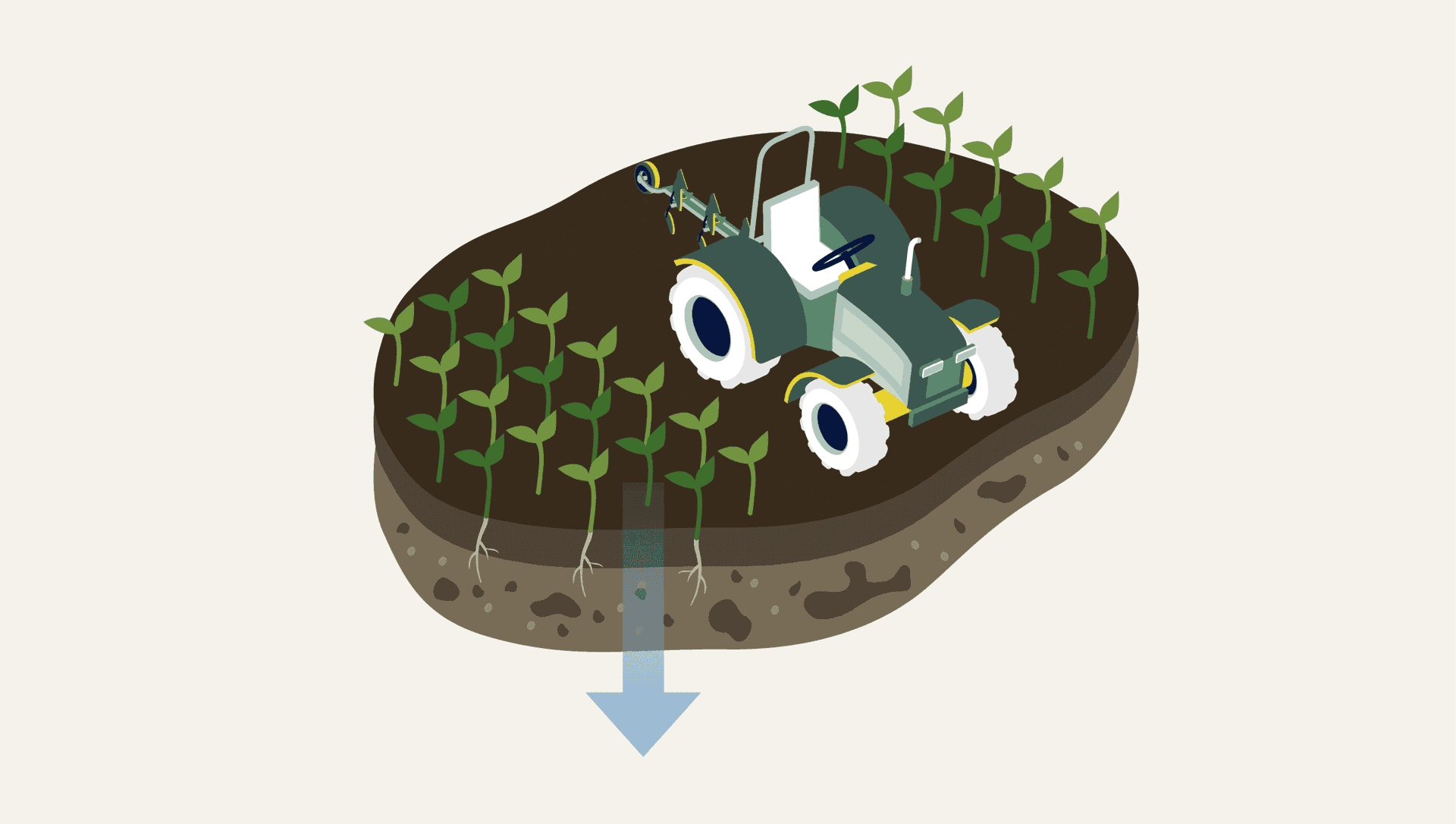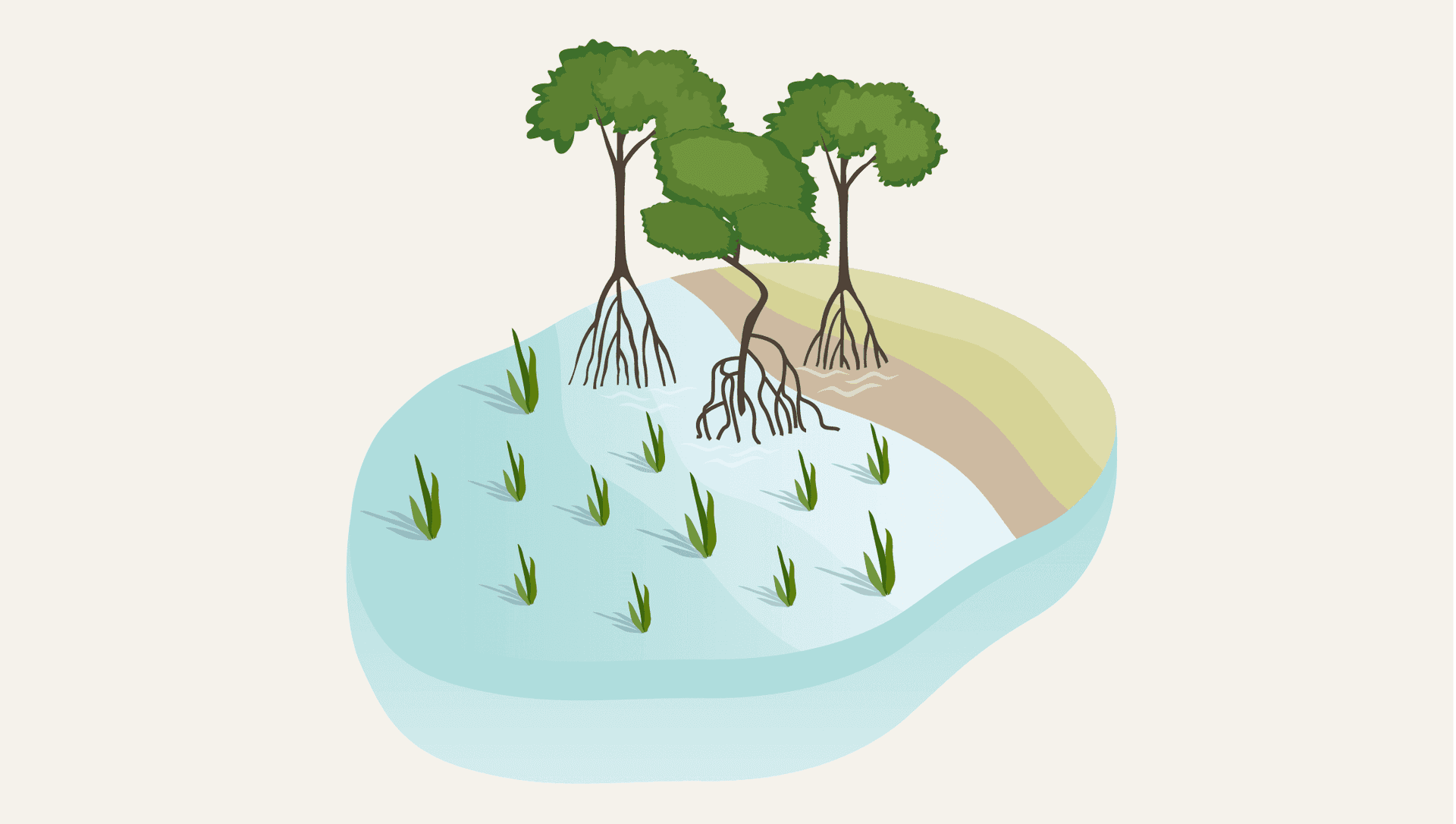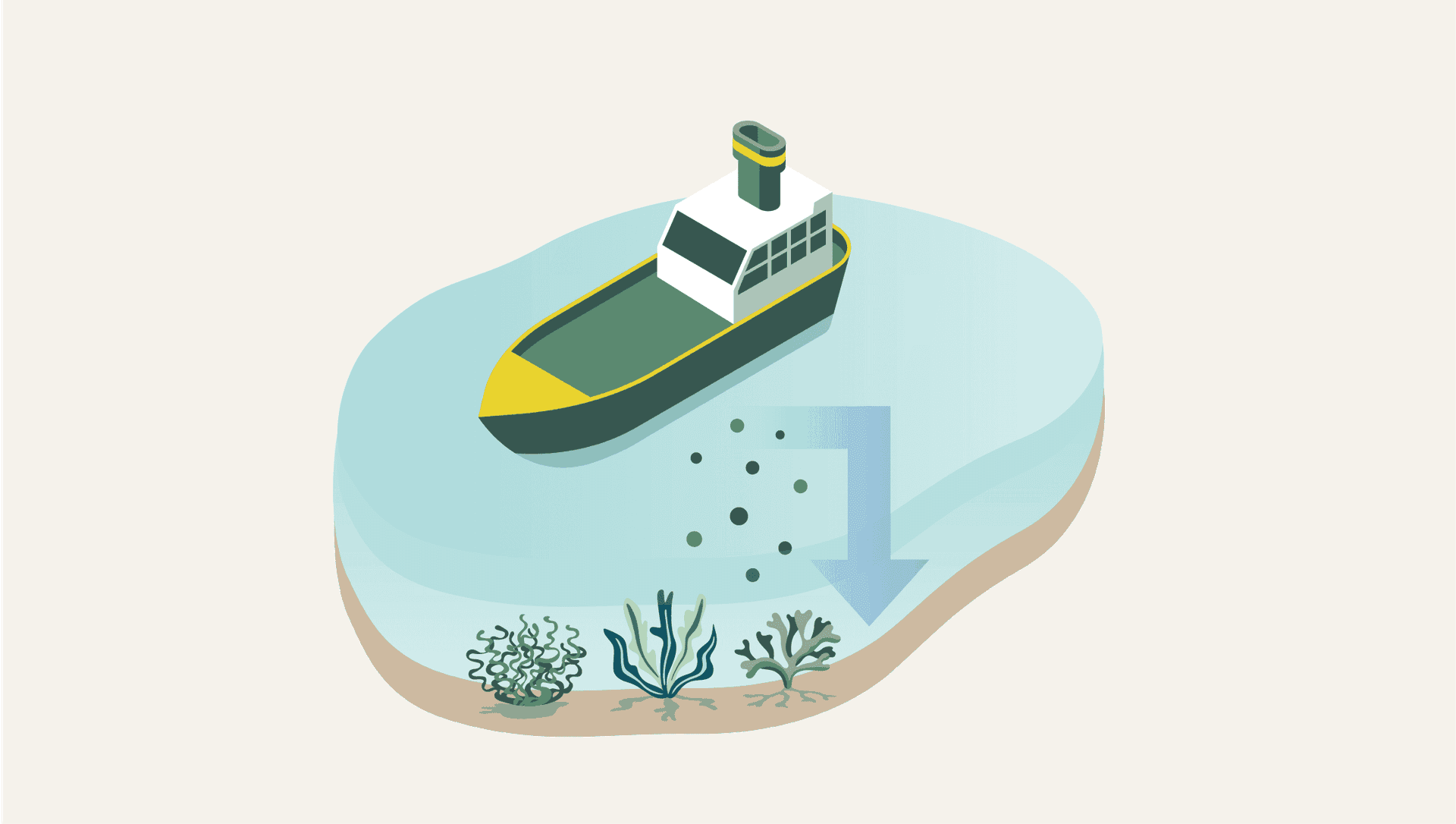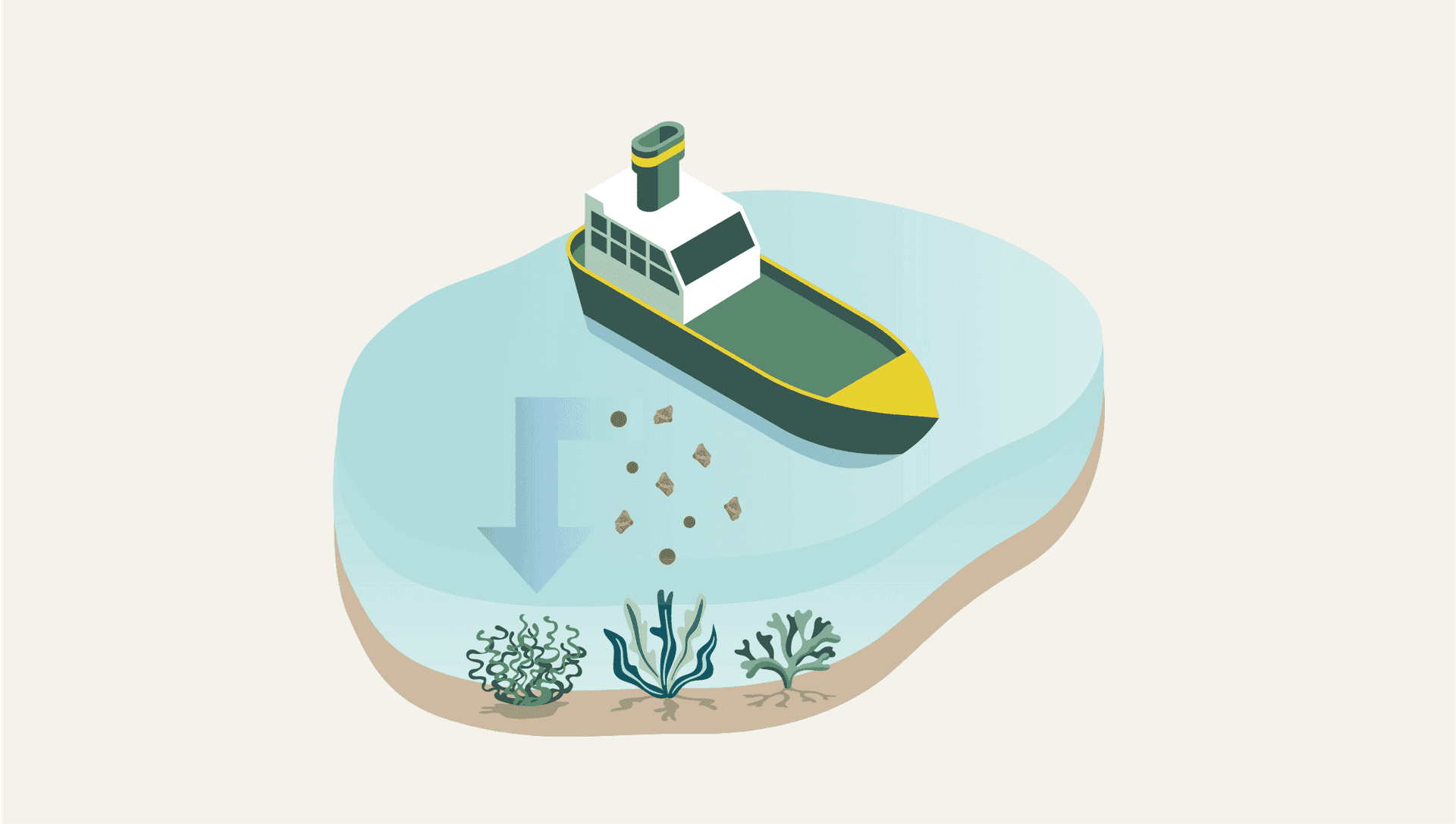Negative emissions for a positive future
A new industry is emerging around the active removal of carbon dioxide (CO₂) from the atmosphere. Germany is in a unique position to become a pioneer in this new carbon dioxide removal (CDR) industry.
A driver for growth and jobs
Negative emissions, as CDR is also known, could develop into an industry with an economic potential of 70 billion euro in Germany by 2050. Its contribution to GDP would then be almost half that of the automotive industry today.
In this country alone, up to 190,000 future-proof jobs would be created, more than currently exist in the wind energy sector.
Climate action
Negative emissions make an indispensable contribution to achieving our climate targets. They help to stabilise CO₂ levels in the atmosphere, offset residual emissions that are difficult to avoid and, in the long term, remove more CO₂ than we emit.

